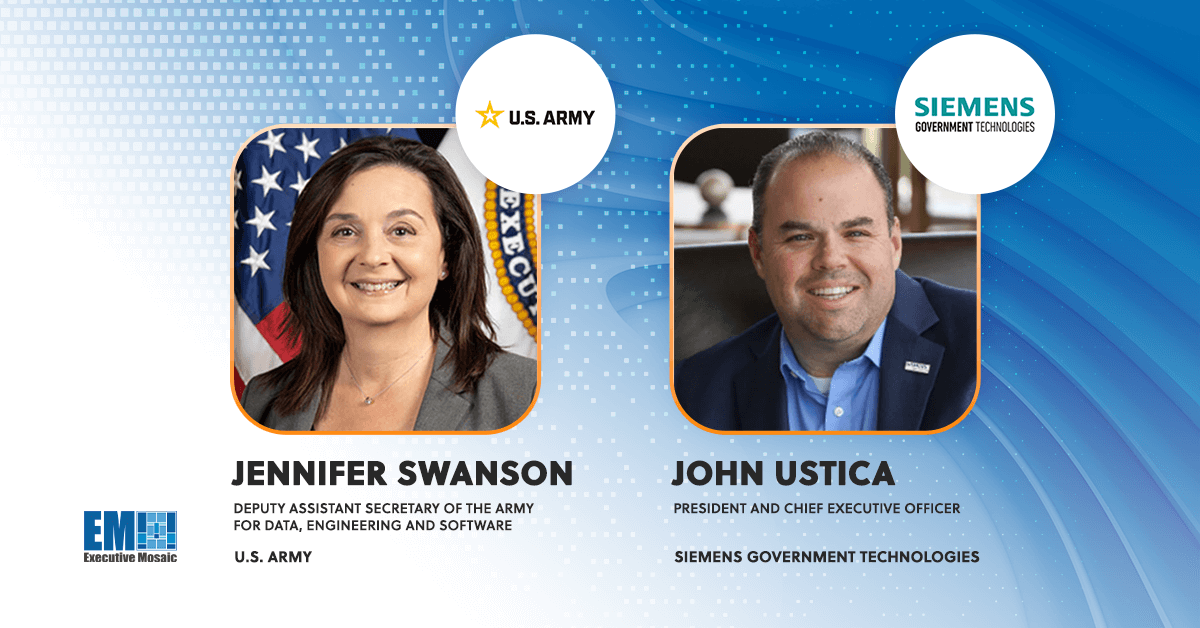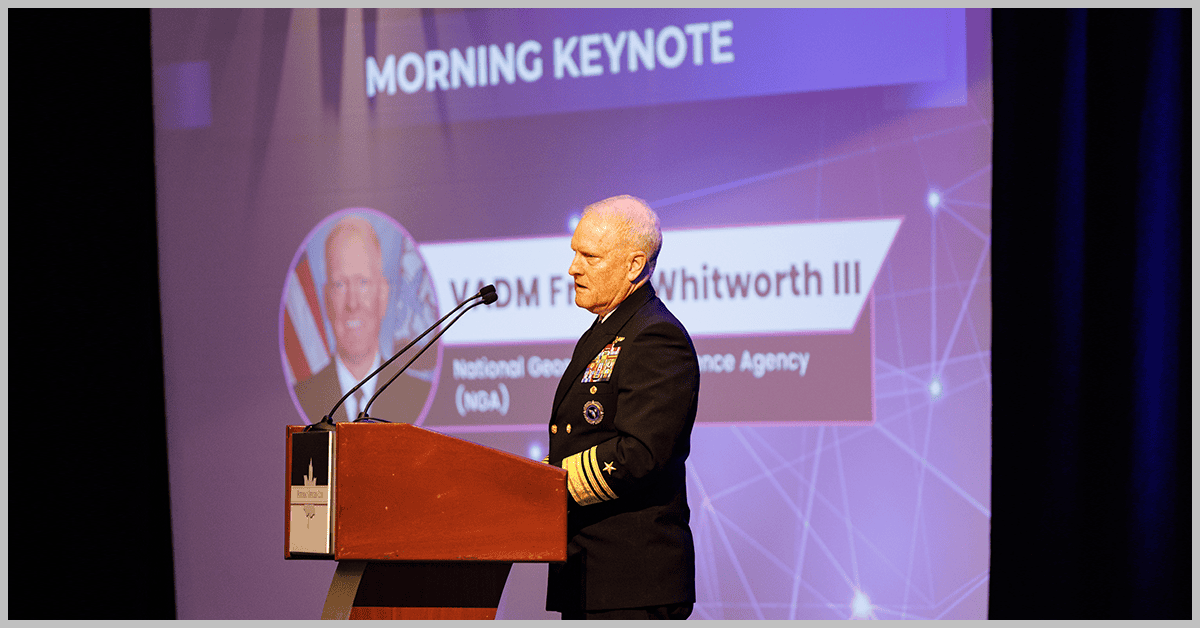The U.S. Army is currently working to implement its Unified Data Reference Architecture, which is designed to join a data mesh and data fabric in a way that would allow users to easily access data products across different formats and locations.
According to Deputy Secretary of the Army for Data, Engineering and Software Jennifer Swanson, who spoke at the AFCEA Army IT Day in January, the UDRA will enable the service branch “to view and use data as a product, and exchange that data seamlessly across all our programs.”

Swanson is set to speak at the Potomac Officers Club’s 5th Annual CIO Summit on April 17, where top information technology leaders from both the public and private sectors will come together to tackle the IT priorities and challenges that characterize today’s federal landscape. To learn more, view the full speaker lineup and secure your spot at this exciting event, click here.
Upon its full deployment, the UDRA will be a core component of adopting cutting edge technologies, such as digital twins.
“When you talk about digital twins, for example, we want to ensure that if we have a community within the Army that is developing a digital twin, that that digital twin can be reused by everybody easily, in a way where they’re able to do the things that they need to do with their data within a consistent data architecture across the Army,” Swanson said in her keynote address at ExecutiveBiz’s Digital Twins Forum in November.
It will also change the Army contracting landscape. Soon, Swanson shared, it will be a requirement for program requests for proposals.
Industry has a major role to play in making sure the UDRA’s implementation goes smoothly, and the Army has made a monumental effort to engage with its partners on the subject.
In October, the service branch issued its third request for information related to the UDRA, which asked commercial organizations to respond with best practices and capabilities that would help the Army develop and deploy the UDRA.
The service branch also established an innovation exchange lab with the Army Combat Capabilities Development Command that aims to connect industry technology providers with the UDRA program and assess their compliance.
The Army is now pushing the UDRA effort forward with a 100-day plan “that is really going to be focused on program integration,” according to Swanson.
At the AFCEA conference, she said she expects the roadmap to be complete by March.
To hear more of Swanson’s thoughts, register to attend the 5th Annual CIO Summit.






